Table of Contents[Hide][Show]
It sits on your bed calling you to rest. Your soft, fluffy cushion into which you sink every night to sleep your cares away. We’re talking about your pillow—you love it but it may not be loving you back.
No matter how comfortable you think it is, your pillow may be messing with your skin and hair, causing you to wake up in worse shape than when you laid down for your beauty sleep.
We spend about a third of our lives with our faces in our pillows, so it’s important that we do all we can to make sure that whatever we’re sleeping on is actually doing us some good—or at the very least, not exacerbating signs of aging.
Here are five ways how your pillow affects your skin and hair and what you can do make to improve your pillow-face relationship.
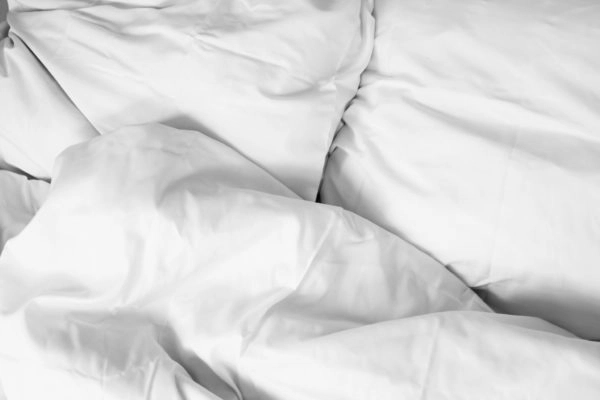
Pillowcases Can Clog Your Pores
You may wonder how pillowcases cause acne? When it comes to absorbing bacteria, oils, old makeup, sweat, drool, hair products, and all the other human gunk on you, your pillow is like a sponge. Just imagine it, you deposit these materials on your pillowcase all night long, night after night. Your pillow may look clean but trust us, it’s not.
If you get enough sleep 7-8 hours each night (like you should), you’re exposing your skin to everything on your pillowcase for about 210-240 hours a month. You’d be hard pressed to find anything else that touches your skin that much.
Build Your Perfect Skin Care Regimen
Take QuizCan My Pillow Cause Acne?
The problem is, even if you start with a clean pillowcase, after a night or two, you’re lying down on old dirt and microorganisms. As these materials come into contact with your face again, they clog pores and encourage inflammation, increasing your chances of waking up with breakouts, or at least carrying around the bacteria that might cause one later.
How to Reduce the Risk of Pillow Cases Causing Acne?
- Launder your pillowcase at least once a week.
- Flip your pillow over each night and sleep on the other side.
- Halfway through the week, turn the pillowcase inside out and put it back on so you’re sleeping on the “cleaner” side.
- Replace your pillow every six months.
- Take your shower before bed
Does Side Sleeping Cause Wrinkles With Your Pillow
To be blunt, your pillow could be making you look older.
Some recent studies have found a link between sleeping on your side or stomach and developing wrinkles.
What Causes Sleep Wrinkles?
In June 2016, Oxford University reported that when people sleep on their sides or their stomachs, the forces applied to the face on the pillow can result in the development of “sleep wrinkles” over time. In other words, gravity smashes your face into the pillow for hours each night. Over time, this may result in the appearance of wrinkles or “creases.”
An earlier 2012 study from the Journal of Cosmetic and Laser Therapy found similar results, with mechanical forces during sleep creating crow’s feet, lines around the mouth, flatting of the forehead, and nasolabial folds.
The problem gets worse as we age for a couple reasons. First, we don’t shift positions during sleep as much as we get older, which means that we have more pressure on a certain part of the face for longer periods of time. Second, as skin ages, it is less able to resist these forces because of decreased elasticity and skin “thinning.”
Best Way to Sleep to Prevent Wrinkles
- Consider a pillow that helps you sleep on your back most of the time. These typically have raised sides to discourage you from turning onto your side.
- Continue to practice good skin care to help your skin resist sleep wrinkle formation—don’t forget sunscreen!
- Try a satin pillowcase—it is less likely to pull against your skin or to bunch up against it.
- Try a “sleep wrinkle pillow.” These are designed to allow you to sleep on your side or stomach without pushing your head against the pillow.
Your Pillow May Absorb You Skin Care Product
When do you do your nighttime skin care routine?
Do you wash, tone, apply your face serum and moisturizer and then immediately go to bed? If so, you may be wasting your money.
Applying your skin care products and then going directly to bed means that some of those products may still be on the surface of your skin. You lay down on that comfy pillow and…do you hear that quiet sucking sound? That’s your pillow absorbing the products you so carefully applied.
Two Skin Care Tips for You Before Going to Bed
- Apply your products at least 30 minutes before bedtime.
- Use pillows and pillowcases made of material that doesn’t absorb your skin care. Silk is luxurious and it doesn’t absorb your products.
You May Encounter a Rash From Your Pillow Case
Are you waking up with red, itchy, irritated skin? It’s time to take a second look at your pillow, pillowcase, and detergent.
How Do Pillows Cause an Itchy Scalp?
Remember that a dirty pillowcase is re-depositing dirt, oil, germs, makeup, hair products, and more onto your skin, which could be the cause of temporary irritation but it could also be the materials in your bedding.
How to Keep Your Pillow Clean To Reduce Risk of Redness and Inflammation?
- Wash your pillowcase more often (2-3 times a week if necessary).
- Always clean your face before bed. If you miss one night, wash your pillowcase before sleeping on it again.
- Use gentle or homemade laundry products so you’re not exposing your skin to synthetic fragrances and other potentially harmful chemicals.
- Look for pillows made of natural fabrics, like silk, buckwheat, kapok (silky fiber from ceiba trees), and millet.
Your Pillowcase Is Causing Hair Breakage
If you’re waking up with a bed head and it’s just not your style, it could be your pillow and/or pillowcase.
An average pillowcase will grab onto your hair strands and hold tight, even as you’re moving around during sleep. This results in pulling and pressing that results in those unflattering locks the next morning and also encourages breakage and split ends. These types of pillowcases also suck up natural hair oils, resulting in drier, frizzier locks.
How to Prevent Hair Damage Caused by Pillowcase?
- Upgrade your pillowcase to either silk or satin. Your hair will slide more easily on the surface and prevent hair breakage caused by pillowcase. Also, the material will absorb less of your hair’s natural oils.
- Don’t go to bed with wet hair, especially after using herbal hair care products—it increases friction between your hair and your pillow. Towel dry or air dry your hair, or tie it up in a braid to keep it secure and minimize friction and breakage.
Have you invested in a better pillow or pillowcase?
Sources
Aesthetic Surgery Journal – Sleep Wrinkles: Facial Aging and Facial Distortion During Sleep
Aesthetic Surgery Journal – Study Shows Stomach and Side Sleeping Positions Cause Facial Distortion and Wrinkles Over Time
Journal of Cosmetic and Laser Therapy – The influence of the sleeping on the formation of facial wrinkles
NCBI – Effect of sleep position on perceived facial aging.


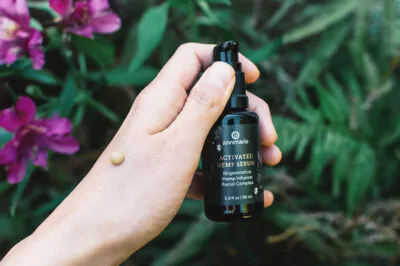
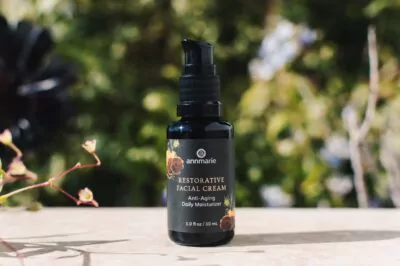
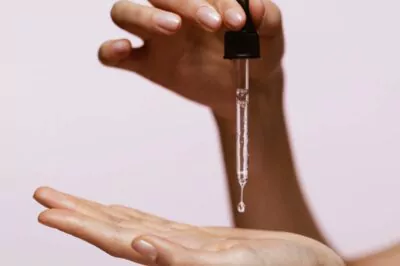
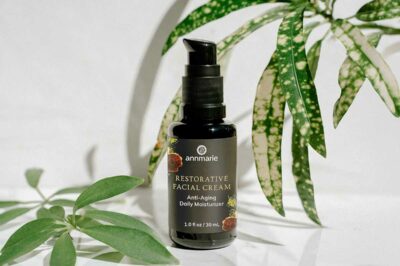


Thanks for the great tips! It might be time to invest in a silk pillowcase! And while I wash mine frequently, I never thought about turning it inside out.
A few years ago I switched from cotton sheets and pillowcases to only using bamboo sheets combined with either bamboo or silk pillowcases, and my hair and skin are much happier! The cotton sheet sets were drying out my skin and hair, contributed to breakouts and “bedhead,” and also irritated my skin and caused redness because of a dust mite allergy. Bamboo and silk are both naturally microbe resistant, so I made the switch and haven’t looked back. The advantage to the bamboo sheets and pillowcases is that they can be machine washed and dried (cold water delicate cycle, tumble dry low), whereas the silk pillowcases have to be washed by hand in cold water and hung to dry (but they do dry fast!). But, I’ve noticed the silk is best for my hair and face — the bamboo is almost as good, but the silk is even better. I alternate between the two, and yes washing the pillowcases at least once a week is important, too. Now, I have no more red skin rashes, and no more bedhead in the morning, and my skin is not dry anymore! 🙂 I agree with this article and recommend getting silk, satin, and/or bamboo pillowcases, and you will see and feel the difference!
Oh — P.S.: I also switched to fragrance-free. dye-free natural laundry detergent (Seventh Generation), and that stopped me getting rashes from my clothes, too! So I’m sure that helped with the bedding as well.